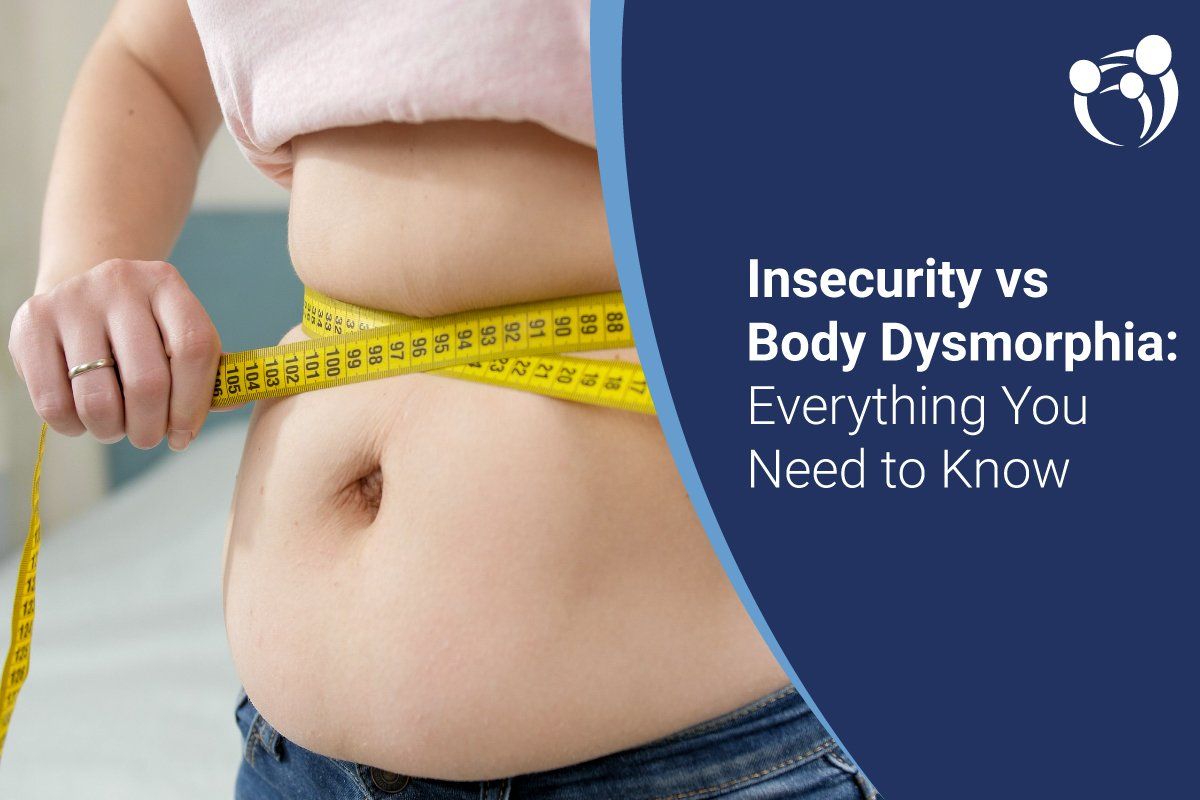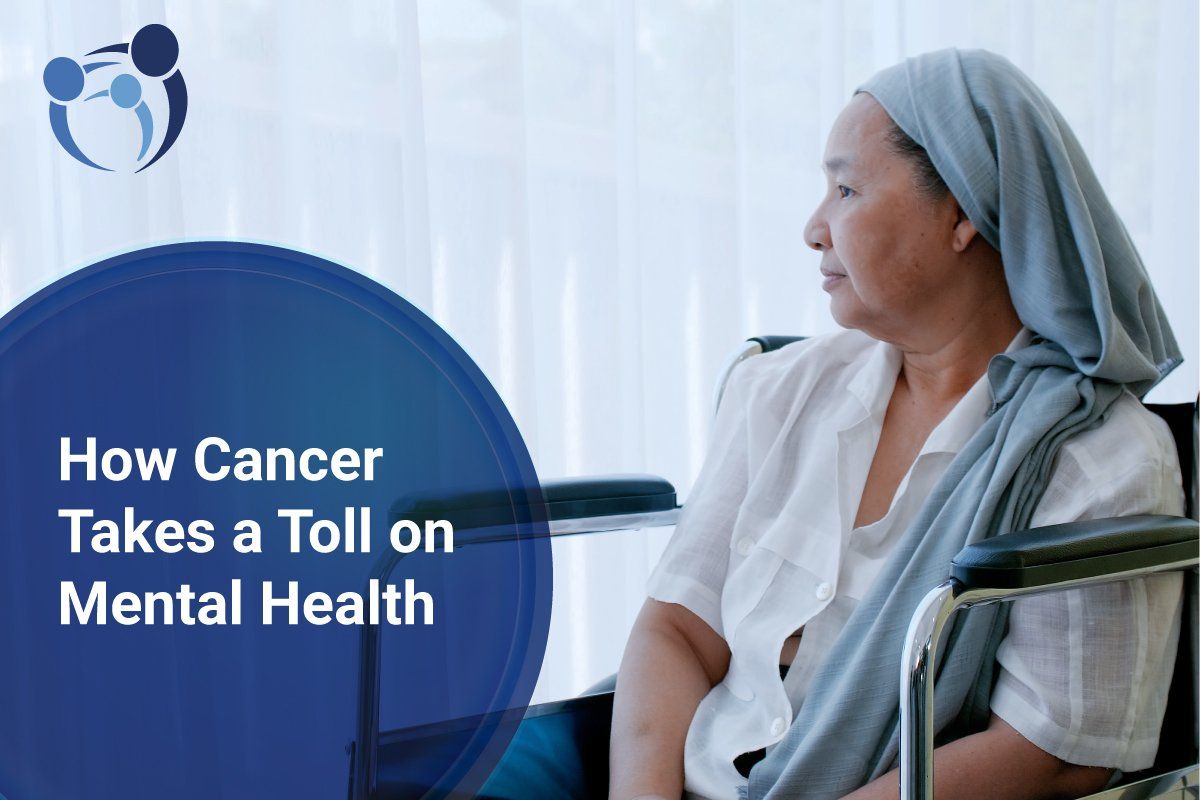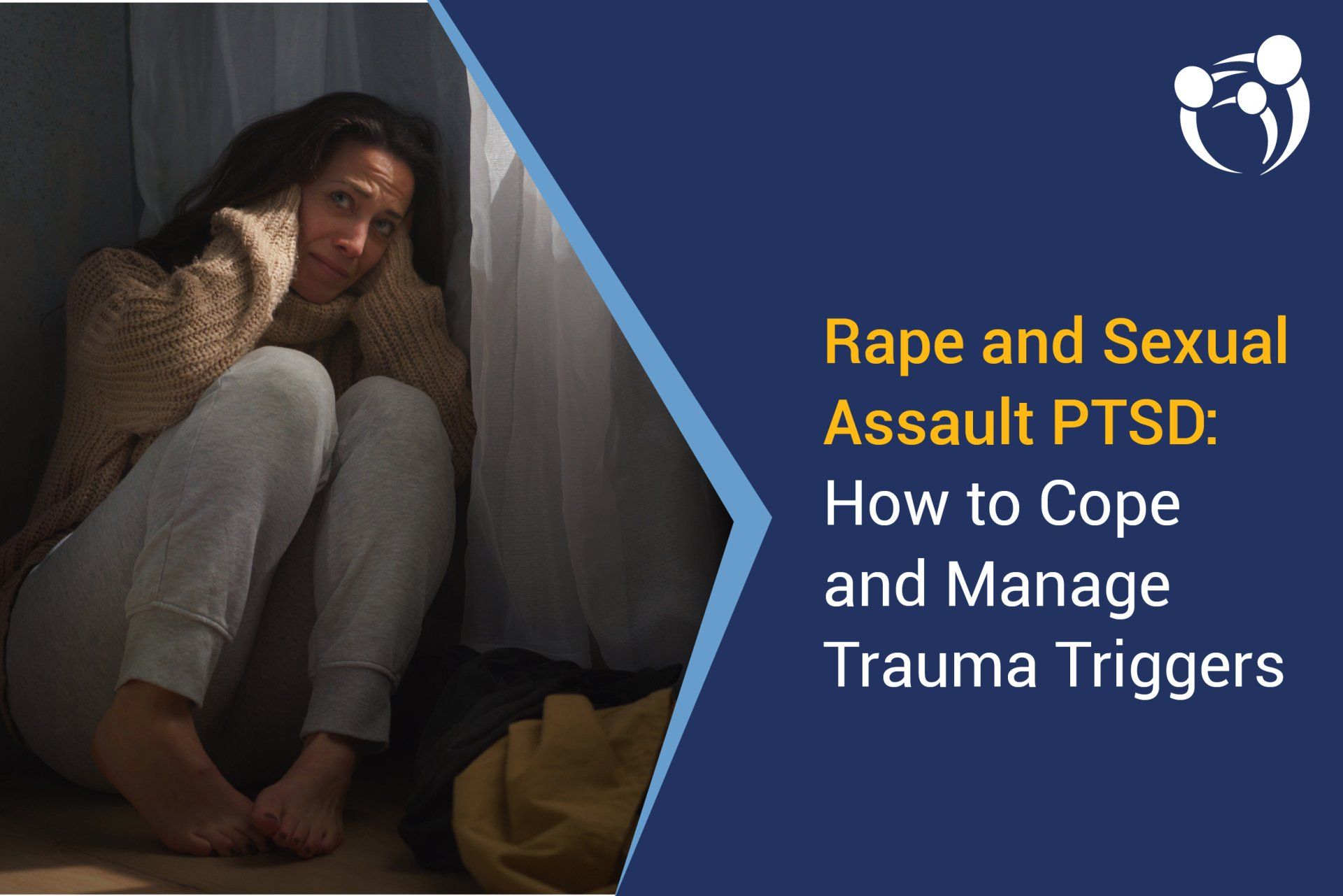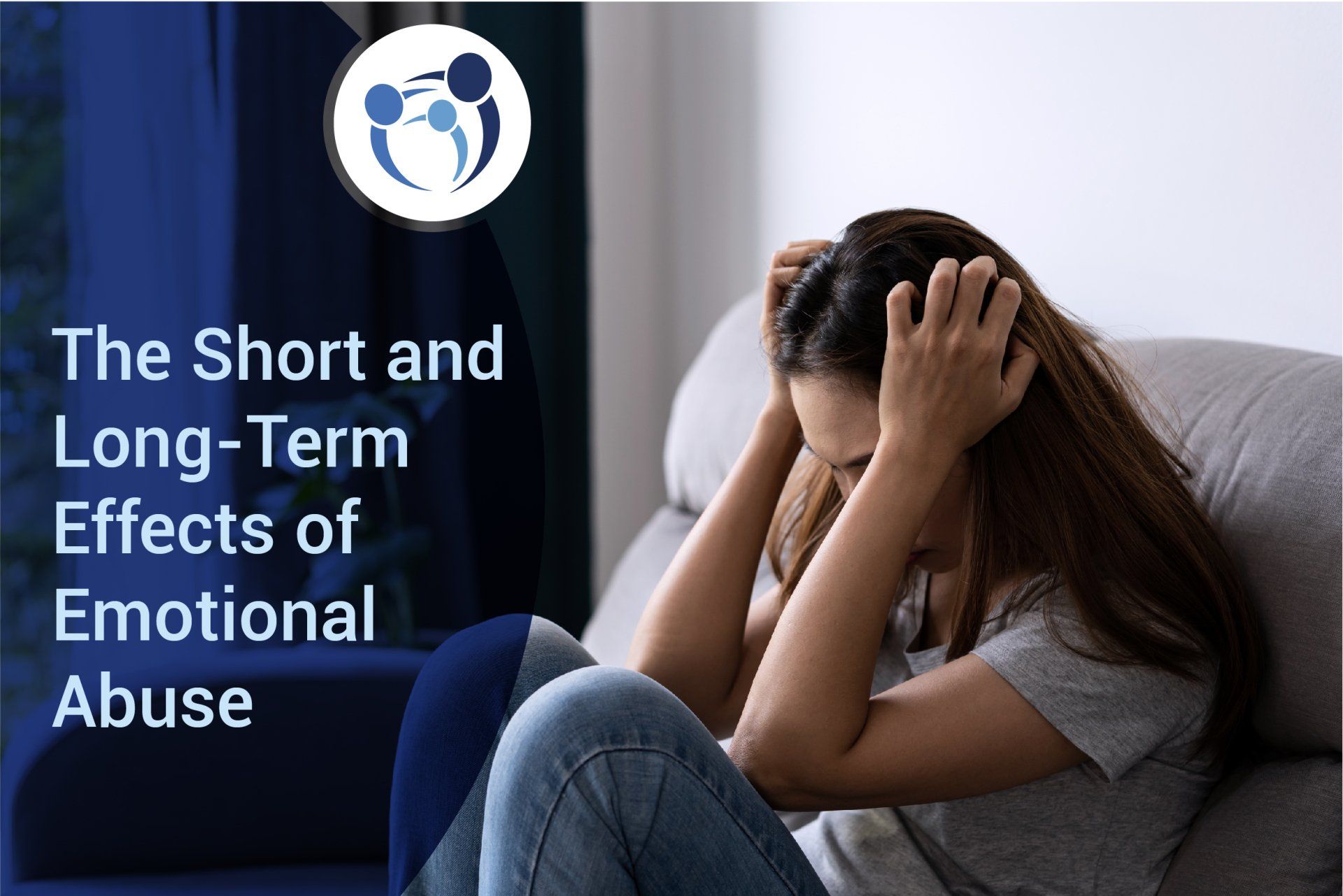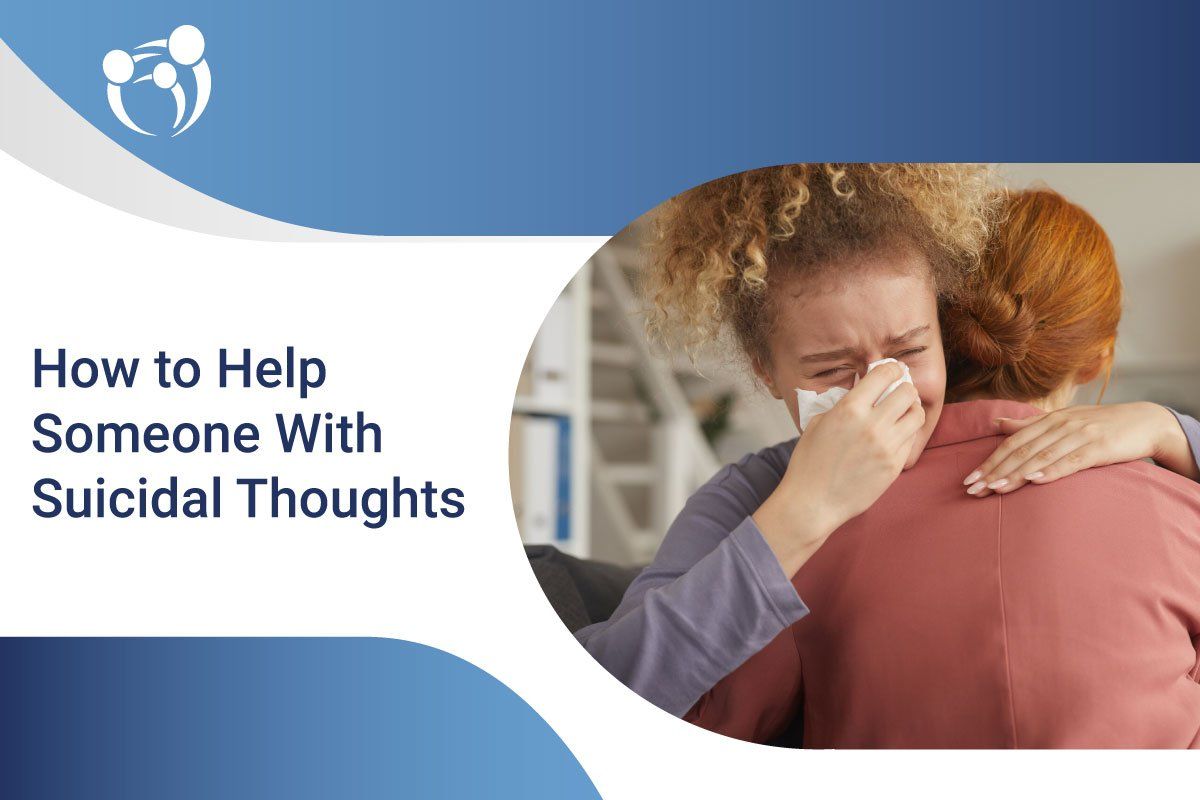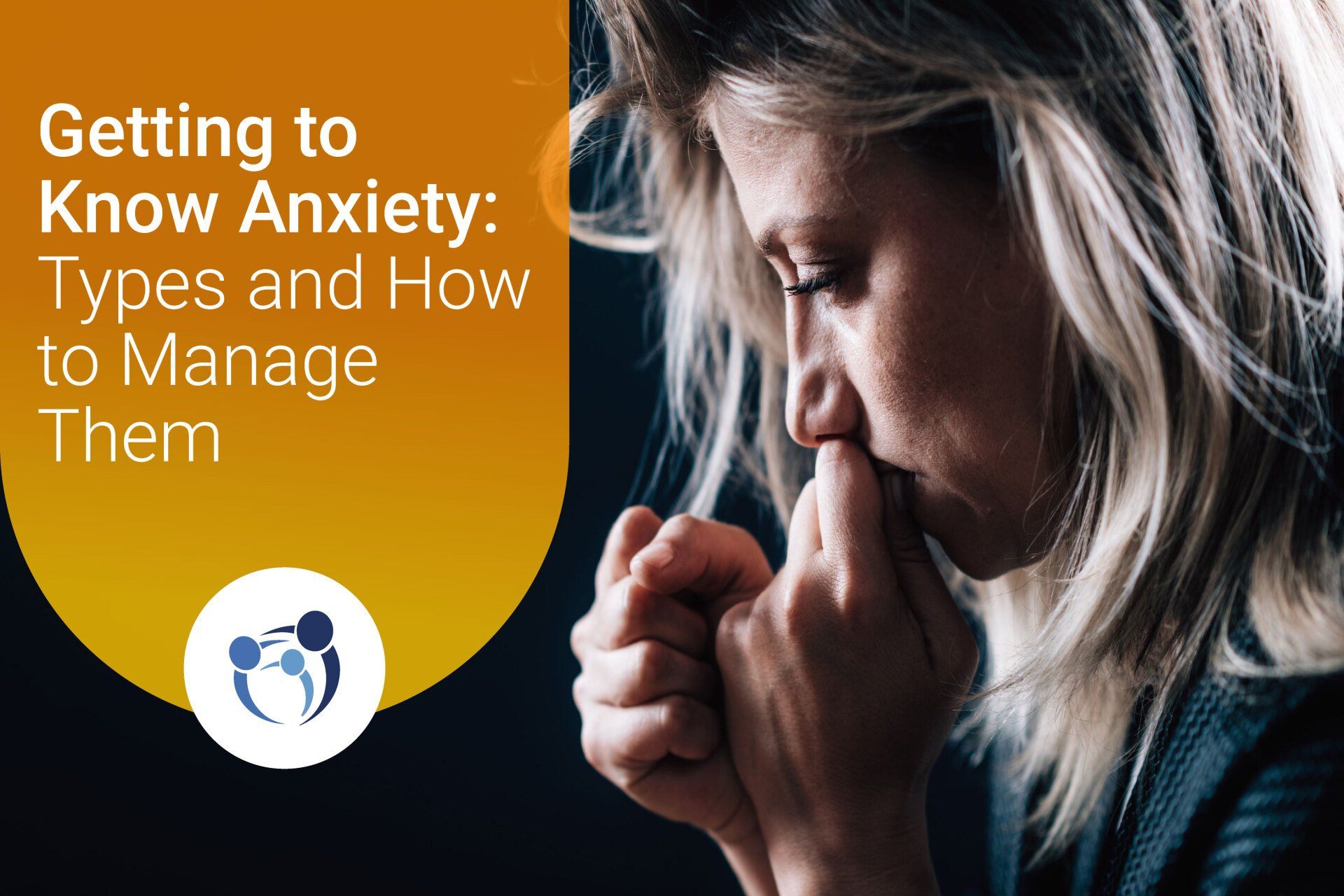It's normal to be insecure about some aspects of yourself. In fact, it is more common than you think. However, it's important to note that there's a difference between having low self-esteem and suffering from body dysmorphia. While both can negatively impact your self-confidence and self-image, there are some key differences between them.
This article differentiates the two and defines body dysmorphia, so you know when to seek an official diagnosis and get much-needed support and treatment.
Body Dysmorphia vs. Insecurity
Insecurity involves feeling self-conscious about your appearance or abilities. If you're insecure about something, you feel unsure of yourself or not confident in your abilities. Insecurity is a normal human emotion for people of all ages and backgrounds. Everyone feels insecure sometimes, whether it's due to their appearance or performance at work or school.
Body dysmorphic disorder (BDD) and insecurity are two different things. The former is a commonly misunderstood condition, while the latter is a feeling many people experience from time to time. Insecurity is part of having body dysmorphia, but it's not a clinical diagnosis like it.
What is Dysmorphia?
Body dysmorphia is a mental health condition that causes people to have an obsessive fixation on minor or imagined flaws in their appearance. It causes someone to have an unrealistic perception of the way they look. This is a more intense version of insecurity.
People with this illness will probably have many behaviors and rituals related to their obsession. They tend to fixate on one or more aspects of their appearance that they see as flawed. These concerns may include:
- Body size, shape, or weight
- Posture
- Facial features (eyes, nose, lips, ears, presence of wrinkles, beauty marks) – also called facial dysmorphia
- Skin complexion
- Hair growth patterns
Body dysmorphia is long-lasting and persistent. It is common for people who suffer from BDD to go to great lengths to hide their perceived flaws and spend hours thinking or fixing them. As a result, they may be unable to lead a normal life, including going to work, falling behind on schoolwork, or socializing with friends and family. They suffer very low self-esteem and may isolate themselves because of shame and self-loathing.
Some BDD patients may have other OCD-related problems or an eating disorder such as anorexia nervosa or bulimia nervosa. In some cases, their body image disorder can be so severe that it leads to depression and thoughts of suicide.
Signs You Have Body Dysmorphia
The symptoms of BDD can range from mild to severe and can vary from one person to another. The most common signs and symptoms include:
- Constant skin picking (picking at acne or scabs)
- Excessive exercise
- Suicidal thoughts
- Starving yourself or unreasonable calorie restriction
- Overgrooming
- Overly critical self-evaluation of your physical appearance
- Fear or anxiety about getting undressed in front of others
- Preoccupation with one or more perceived defects or flaws in your physical appearance that other people don't seem to notice
- Constant checking in the mirror or comparing your looks with those of others or
- Avoidance of mirrors in public because they remind you of your "flaws."
- Worrying excessively about the way you look even when there's no reason to do so
- Repeated attempts to camouflage what you perceive as defects by applying makeup, wearing specific clothing, or using other methods
- Routinely undergoes cosmetic procedures
What Causes Dysmorphia?
Body dysmorphia can develop at any age but usually appear during adolescence or early adulthood. The condition affects both men and women, but it may be more common in females than males during puberty.
The causes of body or facial dysmorphia remain unclear, but a combination of factors likely causes it, including
- Genetics
- Chemical Imbalance
- History of Trauma
- Environmental Factors
Genetics
Individuals with a first-degree relative who suffers from BDD are much more likely to develop it themselves than those who do not have such a relative. The presence of other psychiatric disorders in first-degree relatives also increases the risk of developing body image disorder.
Chemical Imbalance
The cause of dysmorphia may be chemical imbalances in the brain. Those suffering from this condition tend to have low serotonin levels, a neurotransmitter that regulates moods and emotions. Similarly, anxiety disorders, depression, and obsessive-compulsive disorder (OCD) are associated with low levels of serotonin.
History of Trauma
Experiencing trauma can significantly alter your brain functions, which can ultimately lead to dysmorphia. Some people who develop this disorder were teased as children for being overweight or having acne or facial blemishes; others may have been bullied about other physical traits such as height, body shape, or skin color.
Environmental Factors
Dysmorphia may also be caused by environmental factors (e.g., childhood abuse or neglect). It is thought that growing up with abusive parents can lead to increased anxiety and stress sensitivity which, in turn, can lead to dysmorphia.
Are There Treatment Options Available for Body Dysmorphic Disorder?
The best way to treat body dysmorphia is through psychotherapy and/or medication. It's important to get treatment as soon as possible because BDD tends to worsen over time without treatment.
Psychotherapy
Cognitive behavioral therapy (CBT) has been shown to help significantly with symptoms of body dysmorphia by teaching individuals how to cope with difficult emotions and learn new ways of thinking about themselves and their bodies. Furthermore, it enables them to learn how to manage stress and anxiety, which are common triggers for BDD symptoms.
The ERP technique is also a type of cognitive behavioral therapy (CBT) that treats BDD by improving a person's ability to cope with distress. It can help reduce BDD-related behaviors, such as compulsive mirror checking, excessive grooming, and avoidance of social situations.
Medication
Antidepressant medications such as selective serotonin reuptake inhibitors (SSRIs) are sometimes prescribed as part of your treatment. It helps relieve obsessive thoughts about an appearance by balancing neurotransmitters like serotonin in the brain.
You may also benefit from them if you have coexisting conditions such as obsessive-compulsive disorder (OCD) or an eating disorder (ED). If medications are prescribed for BDD symptoms, they may take several weeks or months to take full effect and require ongoing monitoring by your doctor during that time frame.
Diagnosis Is the First Step Toward Getting Support!
A diagnosis is the first step toward getting the help you need. You may have been suffering for years and feel like there is no escape. But with the proper treatment, you can recover and feel better about yourself and your body. When you think you or someone you love suffers from body dysmorphia, it's always worth seeing a professional get an official diagnosis.
A Center for Mental Wellness offers therapy solutions for you and your family. Contact us today to make an appointment or to learn more about how we can help. You may also visit a clinic near you. #BuildingABetterTomorrow
